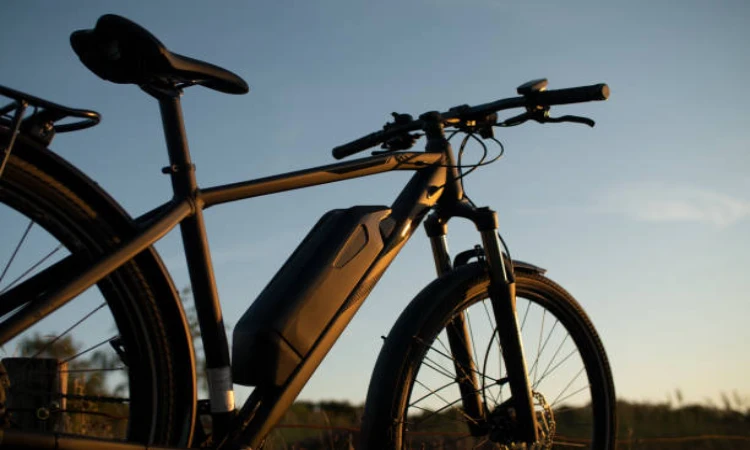What Is an Electric Bicycle and How Does It Work?
An electric bicycle is a modern solution that combines the benefits of traditional cycling with electric power assistance. It offers an efficient, eco-friendly way to commute or travel short and long distances without excessive effort. These bikes are gaining popularity because they make cycling accessible to more people, whether for daily commutes or weekend adventures. Understanding how an electric bicycle works helps you make an informed choice and enjoy its many advantages.
What Is an Electric Bicycle?
An electric bicycle, or elektrinis dviratis in Lithuanian language, often called an e-bike, looks like a regular bike but includes an electric motor and battery system. This motor assists the rider by providing extra power to the pedals, making it easier to ride uphill or cover longer distances. Unlike motorcycles or scooters, electric bicycles still require pedaling, though some models allow throttle-only operation. Their design balances traditional cycling with motorized help, enabling a smooth and enjoyable ride for a wide range of users.
How the Electric Bicycle’s Motor and Battery Work?
The core of every electric bicycle is its motor and battery. The battery stores electrical energy, usually lithium-ion, which powers the motor mounted on the hub or the bike’s mid-drive system. When the rider pedals, sensors detect the movement and activate the motor to provide assistance. The amount of power can often be adjusted through settings on the bike’s control panel. This setup helps riders commute with less physical strain and extends the travel range without exhausting themselves.
Benefits of Using an Electric Bicycle for Commutes and Travel
Using an electric bicycle for daily commute offers multiple advantages. It reduces the time and effort needed to get around, especially in congested urban areas where cars can get stuck in traffic. E-bikes also contribute to lower environmental impact compared to gasoline-powered vehicles. They allow riders to maintain physical activity while enjoying motor assistance when needed, making travel more comfortable and accessible for people of all fitness levels. Plus, electric bicycles can be cost-effective, saving money on fuel and parking.
Tips for Choosing the Right Electric Bicycle
Selecting the right electric bicycle depends on your specific travel and commute needs. Consider battery capacity first; larger batteries allow longer rides but add weight. The motor type is another factor—hub motors are common and easy to maintain, while mid-drive motors provide better balance and climbing ability. Also, think about the bike’s weight and size, especially if you need to carry or store it frequently. Look for additional features like integrated lights, racks, and displays to enhance safety and convenience during rides.
Electric bicycles combine the freedom of cycling with the power of electric motors, making them an excellent option for efficient commute and enjoyable travel. By understanding their components and benefits, riders can confidently choose an e-bike that suits their lifestyle and explore new ways to move around sustainably and effortlessly.

